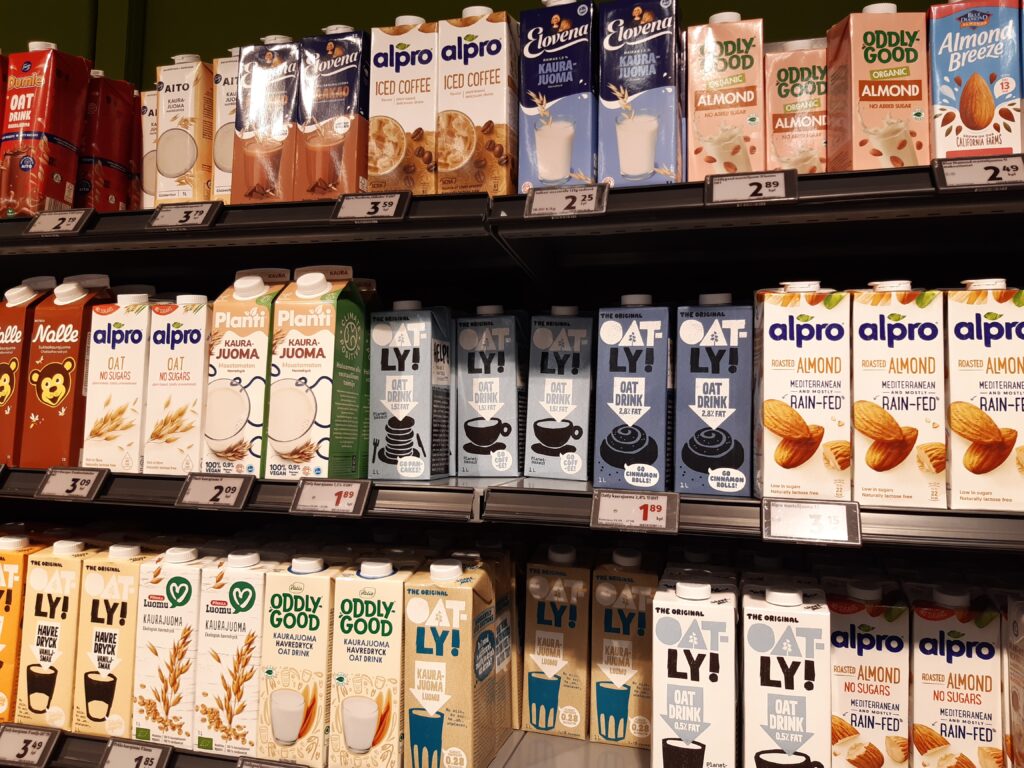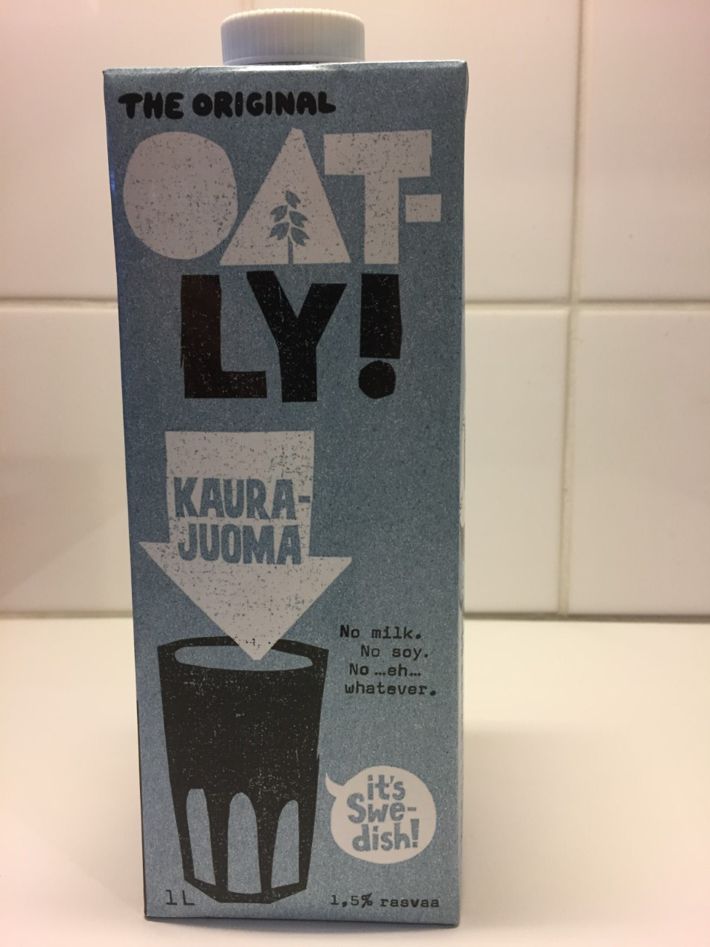Mari Niva and Minna Autio
In Western countries, the discourses on dairy production and consumption have historically included a variety of political, economic, nutritional, public health, and risk related concerns.
In contemporary societies, dairy products are still loaded with multiple and contrasting expectations and cultural meanings. Depending on the perspective, dairy products can be seen as healthy or unhealthy, natural or technological, palatable or unpalatable, ethical or unethical, sustainable or unsustainable, and so on. Recent research on the environmental, particularly climate-related, impacts of dairy production have further intensified the debates on the current and future role of dairy products in agriculture and Western food cultures.
During the last 20 years, the consumption of liquid milk has declined in Western European countries, and the consumption of cheese and other milk products has increased. Consumer studies show that the arguments for reducing the consumption milk products are many. Health concerns related to, e.g., saturated fats or lactose in milk, have for long been a motivation for limiting the use of milk products. Increasingly also animal-ethical concerns and ecological sustainability are important for consumers as reasons to cut down the use of milk products.

In order to understand how people perceive such ‘detachment from milk’ as a form of sustainable eating, we recently conducted a qualitative study among Finnish consumers in which we focused on the perspectives of people reducing their consumption of milk products (Autio et al., 2023). Drawing on cultural consumer research and using interviews and written narratives as data, we examined how ‘downshifters of milk’ narrated the process of reducing the use of milk products.
We found, first, that the interviewees expressed an emotional commitment to ethical food production and had feelings of guilt when consuming milk. Second, the downshifting of milk products had happened primarily by avoiding liquid milk and by replacing it with plant-based alternatives. Third, other milk products, such as cheese and yoghurt still remained in the diets, and the interviewees needed to negotiate and reconcile this with their animal ethical and ecological concerns. Giving up cheese was the hardest part of the downshifting, and the interviewees vividly described the difficulties in resisting ‘cheesy pleasures’:
‘My relationship with cheese is unfortunately close and warm, unlike my relationship to plant-based “cheese”.’
‘Many dairy products, like cream, are easily replaced by plant-based alternatives. Cheese is much harder to be replaced since a true cheese lover appreciates all the nuances of different cheese types.’
The results and other emerging research suggest that among consumers there may be increasing interest towards we what we term ‘low-milk flexitarianism’, in which the consumption of milk products is reduced but not totally abandoned. However, downshifters of milk balance between gustatory pleasures and altruistic goals related to ethics and the environment. The intensifying political and public demands for sustainability call for action in the dairy sector, both by improving production methods in dairy production and by responding to consumer expectations regarding palatable alternatives to dairy products.

Reference:
Autio, Minna, Sekki, Sanna, Autio, Jaakko, Peltonen, Katja and Niva, Mari (2023). Towards de-dairyfication of the diet? Consumers downshifting milk, yet justifying their dairy pleasures. Frontiers in Sustainability, 4, published online 09 February 2023, https://doi.org/10.3389/frsus.2023.975679.
Leave a Reply